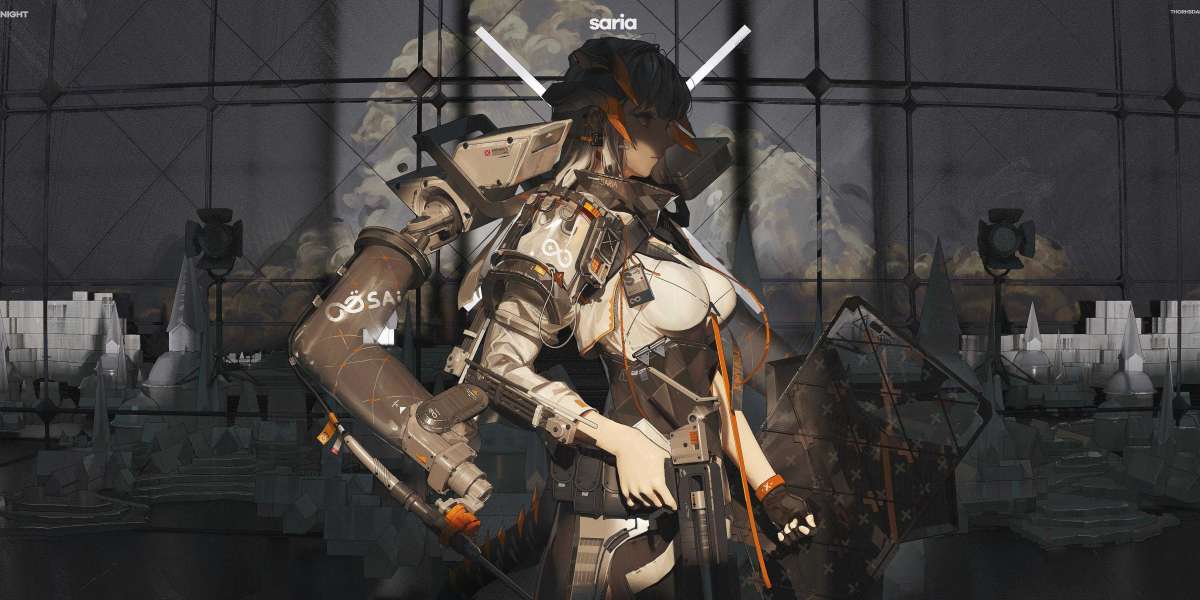3D printing has revolutionized the way we create and innovate, but it is crucial to understand the importance of 3D printing safety. Whether you are a hobbyist or a professional, maintaining a safe 3D printing environment is essential to prevent accidents and ensure the longevity of your equipment.
Understanding the Risks
What are the potential hazards associated with 3D printing? The risks can range from minor injuries to significant health concerns. For instance, the emission of ultrafine particles (UFPs) and volatile organic compounds (VOCs) during the printing process can pose respiratory risks. Additionally, the high temperatures required for melting filament can lead to burns.
Proper Ventilation
One of the most critical aspects of 3D printing safety is ensuring proper ventilation. Why is this important? Proper ventilation helps to dissipate harmful fumes and particles generated during the printing process. If your workspace lacks adequate ventilation, consider using an air purifier designed for 3D printing environments.
Choosing the Right Filament
Not all filaments are created equal. Some materials, such as ABS, release more harmful emissions compared to others like PLA. Therefore, selecting the right filament can significantly reduce health risks. Always check the safety data sheets (SDS) provided by the filament manufacturer.
Personal Protective Equipment (PPE)
Wearing appropriate personal protective equipment (PPE) is another essential component of 3D printing safety. What PPE should you consider? At a minimum, you should wear safety glasses to protect your eyes from debris and gloves to prevent burns and chemical exposure.
“Safety is not an option; it is a necessity. Always prioritize your well-being when engaging in 3D printing activities.”
Fire Safety Measures
Given the high temperatures involved in 3D printing, fire safety is paramount. Ensure that your 3D printer is placed on a stable, non-flammable surface. Additionally, keep a fire extinguisher nearby and regularly inspect your equipment for any signs of wear or damage.
Regular Maintenance
Regular maintenance of your 3D printer can prevent many safety issues. Clean the printer bed and nozzle frequently to avoid clogs and overheating. Also, check the wiring and connections to ensure they are secure and free from damage.
Safe Handling of Materials
Handling 3D printing materials safely is crucial. Store filaments in a cool, dry place to prevent degradation. When disposing of used or damaged filaments, follow local regulations to minimize environmental impact.
Emergency Preparedness
Are you prepared for an emergency? Having an emergency plan in place can make a significant difference. Know the location of emergency exits and first aid kits. Additionally, ensure that all users are trained in basic first aid and emergency procedures.
Training and Education
Continuous training and education are vital for maintaining a safe 3D printing environment. Stay updated with the latest safety guidelines and best practices. Consider enrolling in safety courses or workshops to enhance your knowledge.
Conclusion
In conclusion, 3D printing safety is a multifaceted issue that requires attention to detail and a proactive approach. By understanding the risks, ensuring proper ventilation, using appropriate PPE, and following fire safety measures, you can create a safe and productive 3D printing environment. Remember, safety is not just about protecting yourself but also about ensuring the longevity and efficiency of your 3D printing equipment.
References
References
Related Video
Related Image









